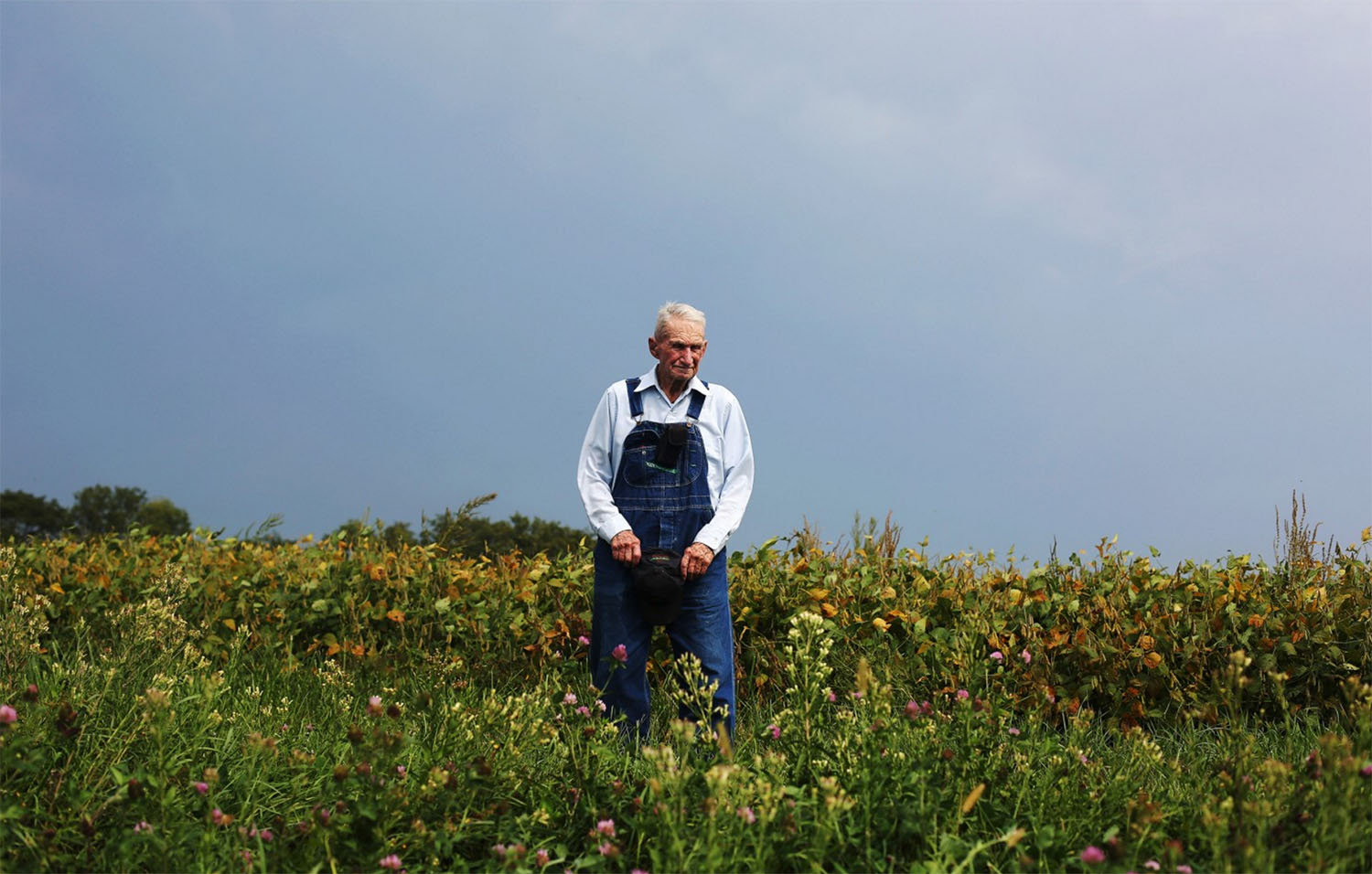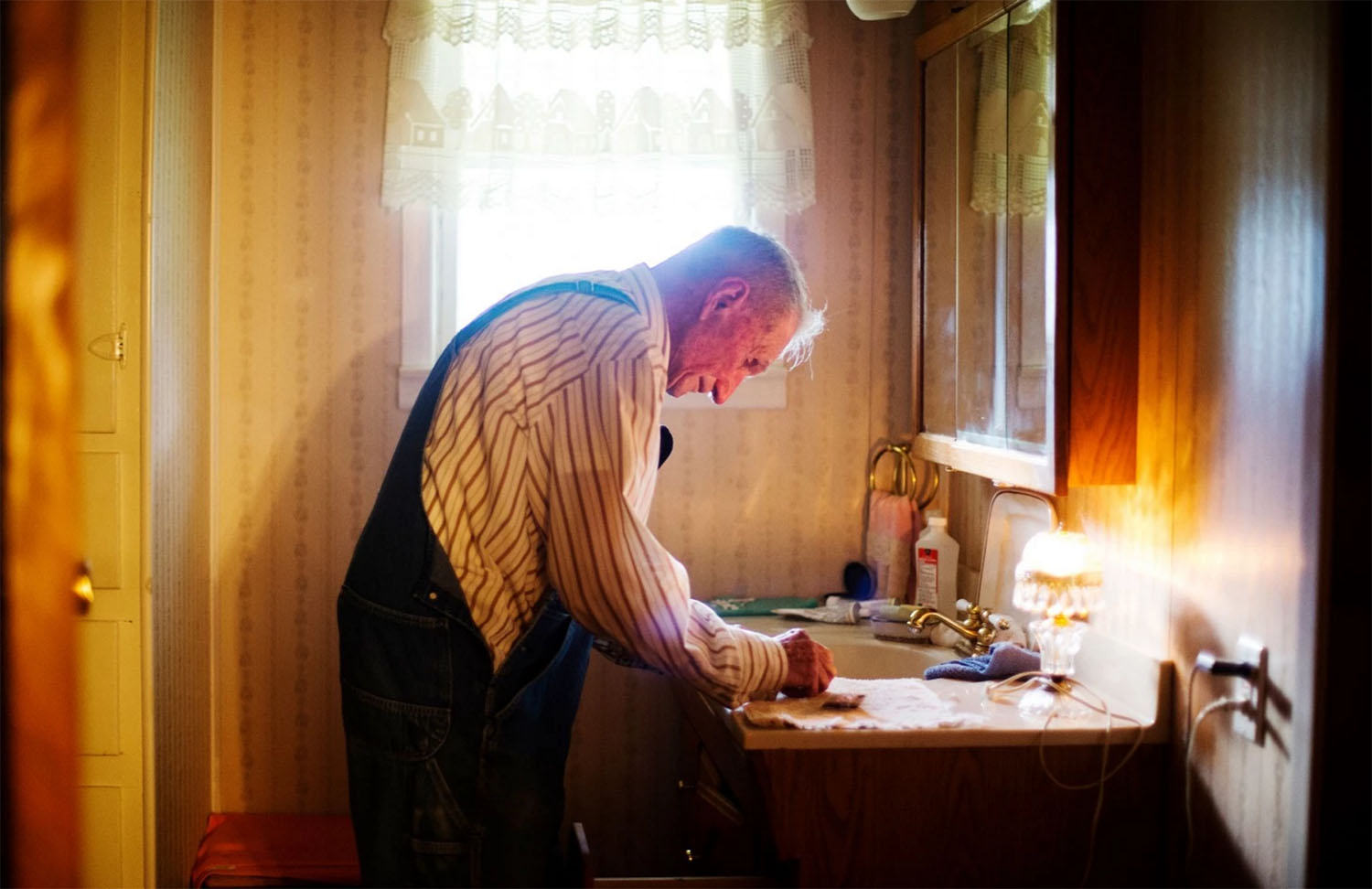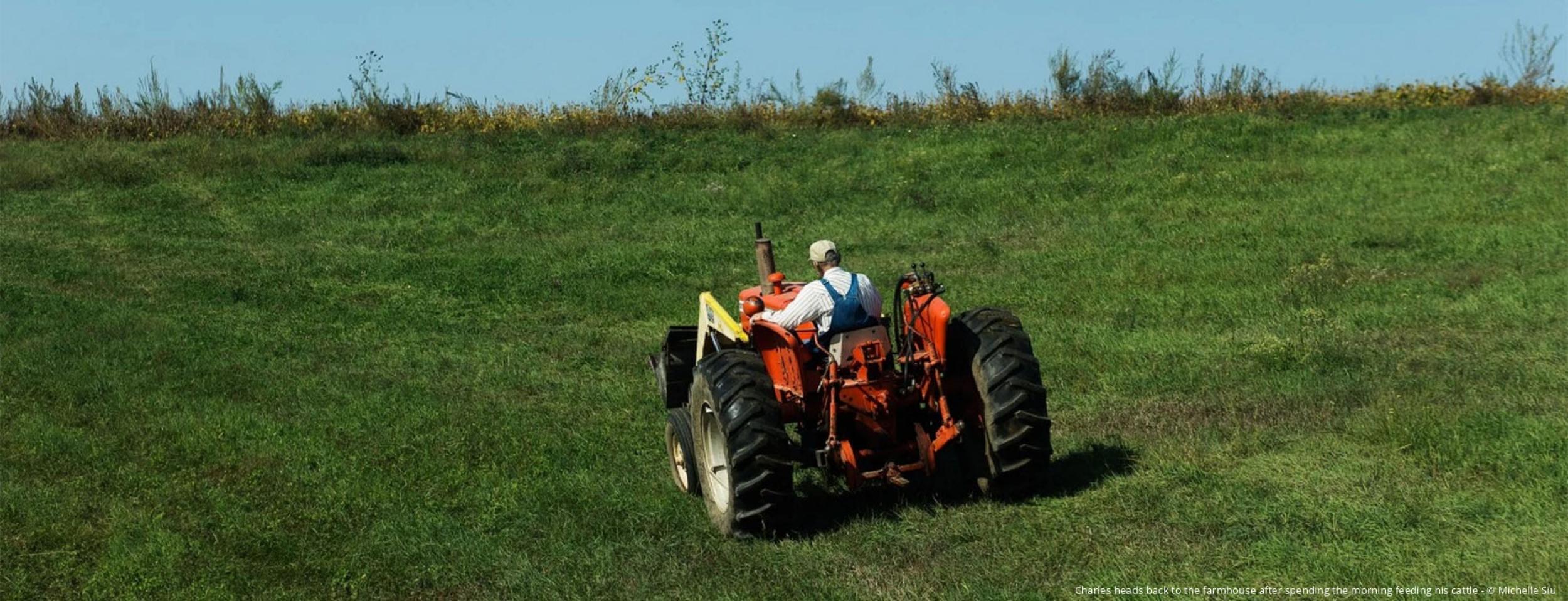
This blog is part of a series of exclusive interviews with the winners of United Photo Industries’ (UPI) pioneering Brooklyn-based public photography installation THE FENCE.
---
Michelle Siu is a documentary photographer and freelance photojournalist based in Toronto, Canada. Her series ‘The Last Farmer’ was shown as part of THE FENCE 2015.
Michelle shoots for editorial publications and international aid agencies along with commercial clients while also working on longer-term photo essays.
Hi Michelle. First of all, could you please tell us a bit about yourself and how you got into photography?
When I was in high-school I was very introverted and reserved. When I was 16 I saved enough to build a darkroom in my family's laundry room where I logged many nights developing photos of incredibly boring things like flowers and that kind of thing. But essentially it was the solace of that laundry room that bred my love for photography. The only photographer I’ve ever wanted to be is a photojournalist and I think in some ways I've stayed true to my 16-year-old self.
Your series ‘The Last Farmer’ was shown as part of THE FENCE 2015. Can you please tell us a bit more about the series?
This photo series is about a 94-year-old farmer Charles Bradley who continues to work everyday on his 450-acre farm that has been in his family since 1883. He was born in the farmhouse and has lived on the Missouri farm his entire life. He lives with his wife Mary, 93, who is often confused yet maintains a joyful spirit as much as is possible with her advanced dementia. As small family farms lose their profitability and large-scale farming is becoming the norm, farms such as the Bradley farm are becoming increasingly rare. It's a quiet and simple story and I'm grateful it was featured as part of The Fence.
How did you come across Charles and Mary Bradley, and what was it with their story that made you want make a project about them?
I came across this project while attending Missouri Photo Workshop. The heart of the workshop is about getting participants to document life in small town America. We were challenged to find a story and shoot it in less than 400 frames. So I set out to find a story in Platte City, Missouri. I made a list of unique story ideas and an ageing farmer was on my list. In my own household I was raised to care and to have respect for my grandparents and the elderly. So in this way, I was drawn to photographing the Bradley’s immediately when I met Charles and his wife. Watching a 94-year-old man still capable of working 8-hour days and witnessing what love looks like towards the end of our lives is a really beautiful thing.

How did The Last Farmer compare to other projects you have worked on?
It was a very slow and simple story compared to other projects. It wasn’t a story in some far-flung remote place in the world or one about a very serious social issue. It's a simple story about an ageing farmer in small town America but to me it is an important one. Ninety-year-olds move very slowly so the pace of this story is slower than any other project I’ve worked on. At times I would watch him mow the lawn for 2 hours or take 15 minutes to slowly walk up a field and I’d just sit their and journal as I watched him. But this slowness coupled with the challenge of shooting the project in 400 frames really changed the way I photographed this story and all the stories I have worked on since. This practice forced me to shoot slower and to think before I took each frame. Also his wife had advanced dementia so every 15 minutes she would forget who I was and why I was there. I would have to introduce myself over and over again and that brought me into her husband's world and what it is like to live so closely with someone with dementia.
What has been your most exciting project to date and why?
I have been following a Canadian First Nations community that was intentionally flooded by the Manitoba government to keep the province’s capital city dry. This story should make headlines nationally but few know about it in Canada. The entire community was displaced five years ago and they continue to displaced in the city that was saved at the expense of their ancestral land. I’m not sure I’d say it was exciting but it is the project that has had the most affect on me personally and professionally. This project breaks my heart and also makes me angry— which I guess is good motivation to continue documenting the story.
Which photographers have influenced/ inspired you?
The photographers that influence and inspire me are always changing. In stating that, I draw a lot from Aaron Huey’s Pine Ridge work when working on my project about the First Nations reservation. Lynsey Addario’s work is one of the reasons I got into this business. I am continually taken aback by Annie Leibovitz’s work from American Photography to Vanity Fair. Darcy Padilla’s commitment to long form narratives is incredible. I flip through Alex Webb's work regularly. Lastly, Damon Winter’s portraiture and Brenda Ann Kenneally’s personal and intimate work continue to push and inspire me.
What are you working on at the moment?
I recently started shooting projects in Medium format. This year I worked on one about the American condition and economic disparity in Niagara Falls and I completed a project on Haitians displaced from Dominican Republic. This is my first foray into shooting on film and it is because of this farmer project that inspired me to work in film as it forces me to shoot more slowly and methodically.
michellesiu.com
twitter.com/michellewsiu
instagram.com/michellewsiu



